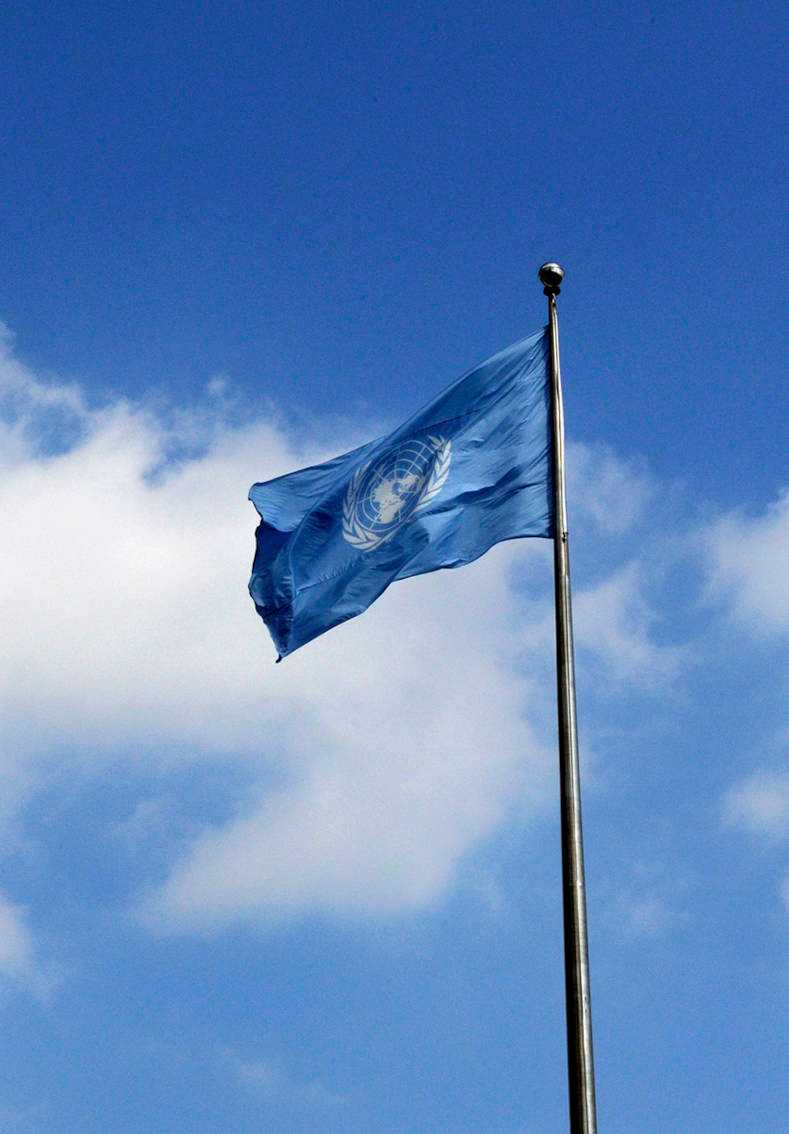Summary I

Since its creation, the United Nations has been at the forefront of the global effort to eliminate weapons of mass destruction and to regulate the trade of small arms and light weapons.
To achieve these goals, the UN has set up what is referred to as the UN Disarmament Machinery – a set of multilateral processes, procedures and practices and international bodies whose purpose is to address disarmament, non-proliferation and arms control issues.

The UN Disarmament Machinery, as established in the first Special Session on Disarmament (SSOD) convened by the United Nations General Assembly in 1978, is composed of:
- the United Nations General Assembly First Committee – which debates, drafts and adopts disarmament-related resolutions
- the United Nations Disarmament Commission – which deliberates basic disarmament concepts and principles and makes recommendations
- the Conference on Disarmament – which negotiates and adopts multilateral treaties
Summary II
The work of the UN Disarmament Machinery is supported by other institutions, which contribute to the definition and the achievement of the Disarmament Agenda through statements, research, experts’ meetings and events and by monitoring the implementation of major non-proliferation and disarmament treaties.
These institutions are:
- the UN Secretary General
- the UN Security Council
- the United Nations Institute for Disarmament Research
- the Advisory Board on Disarmament Matters
- the United Nations Office for Disarmament Affairs and its regional centers
- the Preparatory Commission for the Comprehensive Test Ban Treaty Organization
- the Organisation for the Prohibition of Chemical Weapons
- the International Atomic Energy Agency
While over the years the United Nations Disarmament Machinery and its related institutions have been subjected to growing criticism, it is undeniable that it has played a fundamental role in shaping the arms control, non-proliferation and disarmament agenda and in providing a framework for the adoption of groundbreaking and extraordinarily forward-looking multilateral treaties.
Summary: the UN Disarmament Machinery
Institutions that set norms
- UNGA – 1st Committee
- UN Disarmament Commission
- Conference on Disarmament
- UN Security Council
Supporting institutions
- UN Secretary General
- UN Office for Disarmament Affairs
- UN Institute for Disarmament Research
Institutions that implement norms (WMD treaties)
- IAEA
- OPCW
- Comprehensive Test Ban Treaty Organization
Some Useful Readings
- Duarte, S. (2013) How to Revitalize Disarmament Efforts. Carnegie Endowment for International Peace.
- European External Action Service (2020) Conference on Disarmament – EU Opening Statement.
- Blix, H. et al. (2006) Weapons of Terror: Freeing the World of Nuclear, Biological and Chemical Arms, Weapons of Mass Destruction Commission.
- Krause, K. (2018) Arms Control and Disarmament, The Oxford Handbook on the United Nations.
- Lewis, P. & Thakur, R. (2004) Arms Control, Disarmament and the United Nations. Disarmament Forum 1, 17–28.
- Morales Pedraza, J. (2015) The Reform of the United Nations Disarmament Machinery. Public Organization Review, 16(3), 319–334.
- Nakamitsu, I. (2019) Global Military Spending Has Doubled but the World Is No Safer, Time.
- Non-Aligned Movement (2016) Proposal on the Objectives of the Fourth Special Session Devoted to Disarmament.
- Potter, W. (2016) The Unfulfilled Promise of the 2015 NPT Review Conference. Survival 58(1), 151–178.
- The Netherlands (2019) Working Paper: Back to Basics – The Programme of Work. Conference on Disarmament.
- UN General Assembly (2012) Taking Forward Multilateral Nuclear Disarmament Negotiations.
- UNIDIR (2010) Disarmament Machinery. A Fresh Approach.
- UNIDIR (2011) Nuclear Disarmament in the Conference on Disarmament.
- UNODA (2016) Rethinking General and Complete Disarmament in the Twenty-first Century, Occasional Papers No. 28.
- UNODA (2018) Securing Our Common Future: An Agenda For Disarmament.